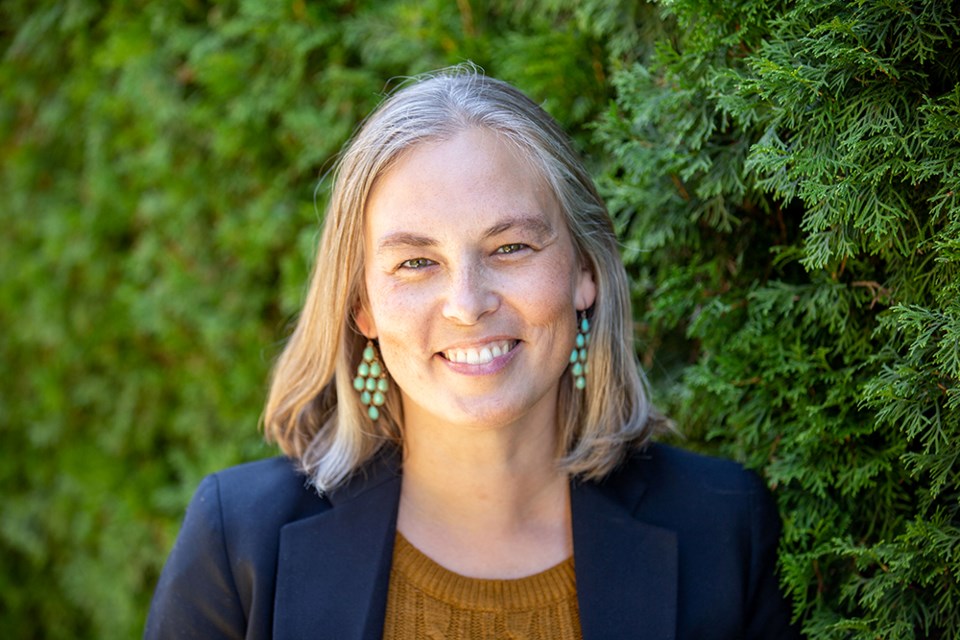City of Powell River councillors have adopted the city’s property tax rates bylaw, which levies taxes for the city, qathet Regional District and qathet Regional Hospital District.
At the May 2 council meeting, councillors gave unanimous approval to the bylaw, which sets the amount taxpayers will be paying in 2024.
Councillor Trina Isakson said before councillors voted on the property tax rates bylaw, she wanted to share some research she had conducted into comparison of Powell River tax rates to other jurisdictions.
“The tax rates bylaw sets the balance of taxes between different classes, for example, residential, industry or business for the city, regional district and hospital district,” said Isakson. “Last year, there were a number of news articles referencing that Powell River has the highest taxes in the province,” said Isakson. “Those articles referred to tax rates. Last year a number of newspapers reported our tax rate as 0.671150 per cent. What people really want to know is the hard numbers.”
Isakson said with the property tax bylaw in front of councillors, she wanted to reference other data to compare the city to other communities in the province. She said looking at the residential class municipal taxes, per capita, Powell River is 25th out of 159 communities in the province that report.
Looking at the total municipal tax from all classes per capita, the city is ranked 40th out of 159, said Isakson. Looking at municipal taxes, which includes parcel taxes and user fees on an average single-family dwelling, the city is 54th out of 159.
“If we look at our total taxes, which include regional district, hospital district, et cetera, on an average single-family dwelling, we are ranked 65th out of 159 communities in the province,” said Isakson. “I wanted to provide a bit more context when people talk about our tax rates, what we are actually talking about, and how that differs from other tax levels.”
Councillor Jim Palm asked Isakson where the public could find the quoted statistics, and what year was she referring to.
Isakson said she was referring to 2023. She said she went to the BC government’s website and looked up municipal taxation.
“It is public data provided by the province for municipal taxation,” said Isakson.
Isakson’s data is under “municipal tax rates and tax burden” at gov.bc.ca.
Councillors then voted to approve the tax rates bylaw for 2024, which now have to be submitted to the provincial government along with the five-year financial plan 2024 to 2028.
Join the Peak's email list for the top headlines right in your inbox Monday to Friday.



